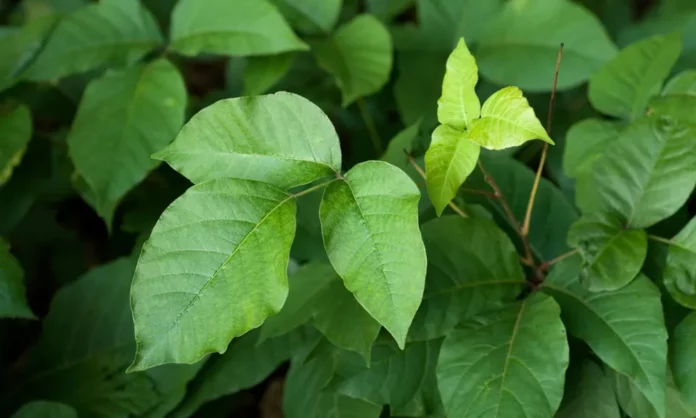The Horticultural Trades Association (HTA), working with plant toxicologists and the Veterinary Poisons Information Service, has launched a new Guide to Potentially Harmful Plants. This follows a review the toxicity of plants sold through nurseries, garden centres and online retailers in the UK. For the first time the updated guide covers the risk to pets.
Through the UK’s horticultural trade, the British public is fortunate to have access to a wealth of plant species. Most of these are harmless. However, there is a risk associated with a small number of plants used in the house and garden, and even some that are grown for food, and this guide has been produced to address that concern. It sets out voluntary guidelines for the labelling of plants (including bulbs and seeds) which will ensure that the public is informed of potentially harmful plants at the point of purchase.
The guide recommends labelling those plants which fulfil the following three conditions:
• They have been identified as being a significant hazard to humans or pets[1] (not livestock)
• The toxic parts of the plant are available or produced in the UK
• The symptoms following ingestion and/or contact can be serious (skin allergies are included, but respiratory and food allergies are not).
Plants are labelled in three categories – A, B and C – according to the severity of the hazard. With the exception of those in category A, the plants in this guide are perfectly safe to purchase as long as the warnings are heeded. However, it is recommended that they are placed or planted where pets and small children are unlikely to have access to brush against or eat them. There are in addition standard labels for loose and pre-packaged ornamental bulbs, and plants with ornamental fruit; while these are considered to have low toxicity, a large ingestion may result in mild symptoms, and bulbs can pose a choking or gastrointestinal obstruction hazard to pets.
While a majority of retailers endeavour to label the plants that they sell, labelling is voluntary. It will also take time for the recommended labels to be adopted while old stock is being used up; a sell-through period reduces plastic waste. The full list of plants is freely available to view or download on the HTA website https://hta.org.uk/poisonousplants
Pets covered: dogs, cats, rabbits, rodents, tortoises, caged birds, poultry. Where a particular pet is mentioned in the HTA Guide this indicates that type of pet has been adversely affected by a plant; it does not mean that other types of pet will not be affected if they eat or rub against the plant.











